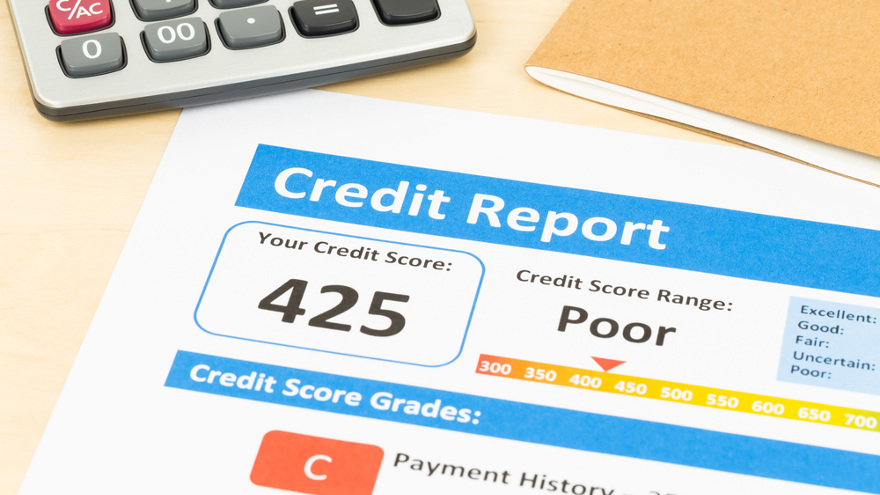Subprime originations at lowest point since 2007

By subscribing, you agree to receive communications from Auto Remarketing and our partners in accordance with our Privacy Policy. We may share your information with select partners and sponsors who may contact you about their products and services. You may unsubscribe at any time.
SCHAUMBURG, Ill. –
Not since the credit pinch triggered by the Great Recession have subprime originations been this low, giving finance companies a clear indication where in the cycle the industry currently sits.
With the uptick in average credit scores for vehicle financing across the board, Experian indicated the percentage of subprime contract originations reached its lowest level in 11 years. According to Experian’s State of the Automotive Finance Market report containing data from the third quarter, subprime and deep-subprime lending made up 21.19 percent of the market, down 1.5 percent from a year ago.
Experian explained on Thursday that much of the decrease in the percentage of subprime financing is driven by high growth rates in the lower-risk segments — particularly in the used-vehicle category. In fact, more than 50 percent of the used market is made up of prime and super-prime borrowers for the first time since Q3 2010.
Analysts determined contracts for subprime consumers made up the lowest percentage (22.86 percent) of the used-vehicle finance market on record, while contracts for deep-subprime borrowers reached an all-time low of 4.33 percent.
“The automotive finance market, like many other industries, is cyclical. So, while the percentage of subprime loans has reached historically low levels, the trend isn’t entirely unprecedented,” said Melinda Zabritski, Experian’s senior director of automotive financial solutions.
“A shift in market share can be attributed to many factors, including an improvement in consumer credit behavior and vehicle affordability. Lenders need to pay close attention to these trends so they can make the right decisions and adjust risk management strategies accordingly,” Zabritski continued.
Subscribe to Auto Remarketing to stay informed and stay ahead.
By subscribing, you agree to receive communications from Auto Remarketing and our partners in accordance with our Privacy Policy. We may share your information with select partners and sponsors who may contact you about their products and services. You may unsubscribe at any time.
Experian acknowledged that some observers may point to vehicle-affordability trends as a driving force behind consumer preferences. The monthly payments for new and used vehicles again reached record highs — $530 and $381, respectively — and the gap between new and used monthly payments continues to widen, reaching $149.
Experian pointed out that interest rates also continue on an upward trend. The average interest rate for a new-vehicle contract was 5.73 percent in Q3 2018, up from 5.10 percent in Q3 2017, while the average interest rate for a used-vehicle loan was 9.03 percent, up from 8.72 percent over the same time period.
“Many car shoppers base their decision on monthly payment. And with such a sizeable difference between new and used monthly payments, some consumers may opt for the less expensive vehicle,” Zabritski said.
“We believe every consumer deserves access to an affordable vehicle. Lenders need to analyze the data and trends so they can offer appropriate financing options,” she went on to say.
Additional findings for Q3 2018:
• The average credit scores for new- and used-vehicle contracts continue to increase, reaching 717 and 661, respectively.
• The total outstanding automotive finance balance hit $1.17 trillion, but the year-over-year growth is slowing.
• 30- and 60-day delinquencies improved during the quarter, dropping from 2.39 percent to 2.23 percent and 0.76 percent to 0.72 percent, respectively.
• Credit unions continue to see a significant increase in new- and used-vehicle financing market share, rising 10.7 percent and 5.2 percent, respectively.
• Average new-vehicle contract terms decreased to 68.47 months.
• New-model financing amounts hit a Q3 high of $30,977, up $647 year-over-year.


